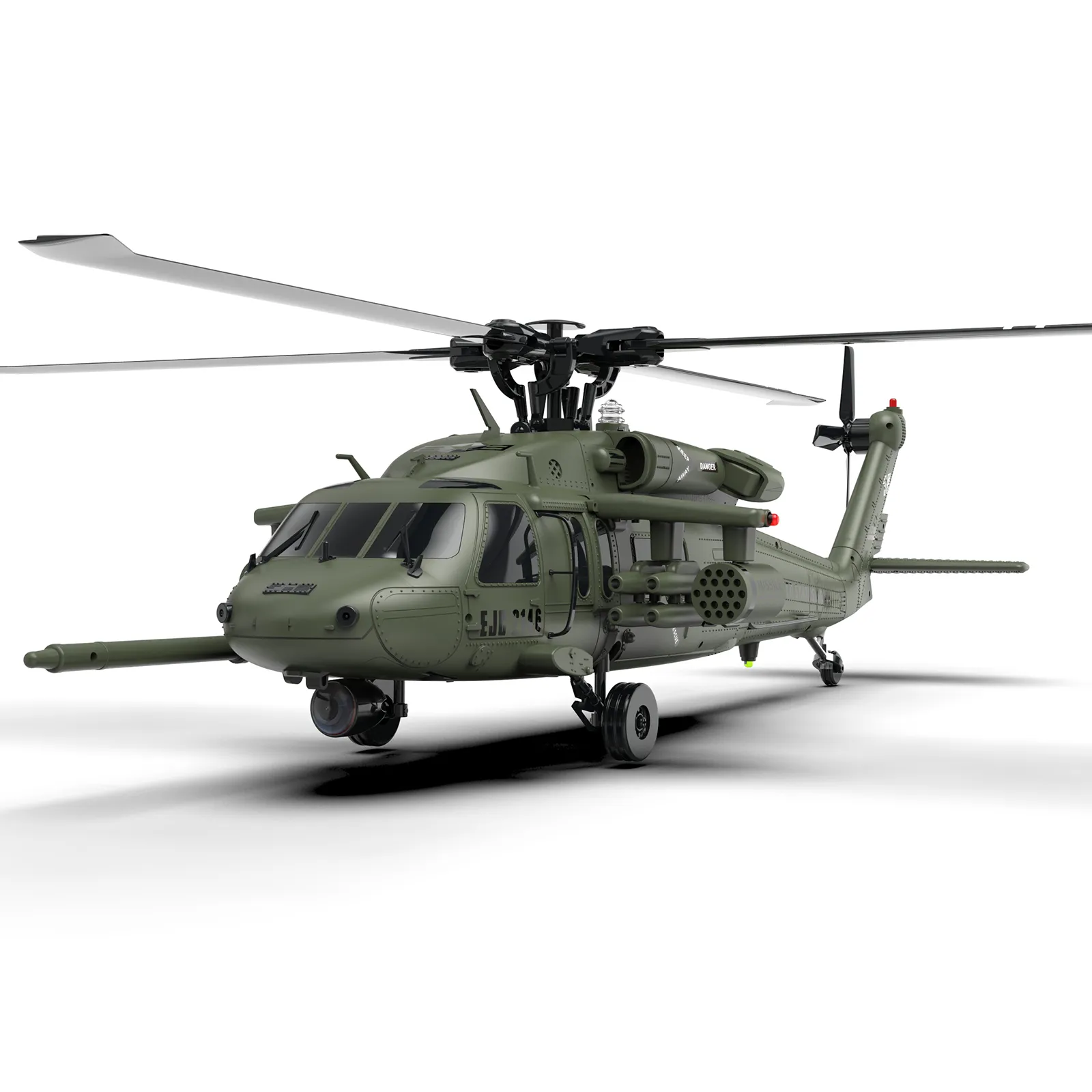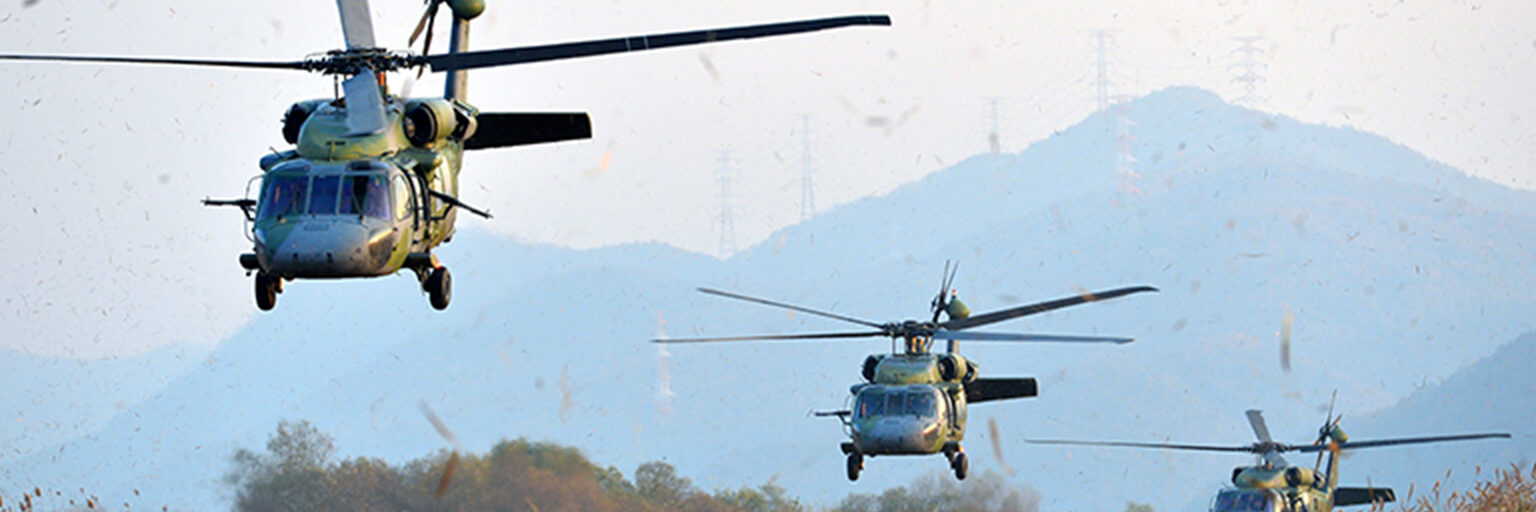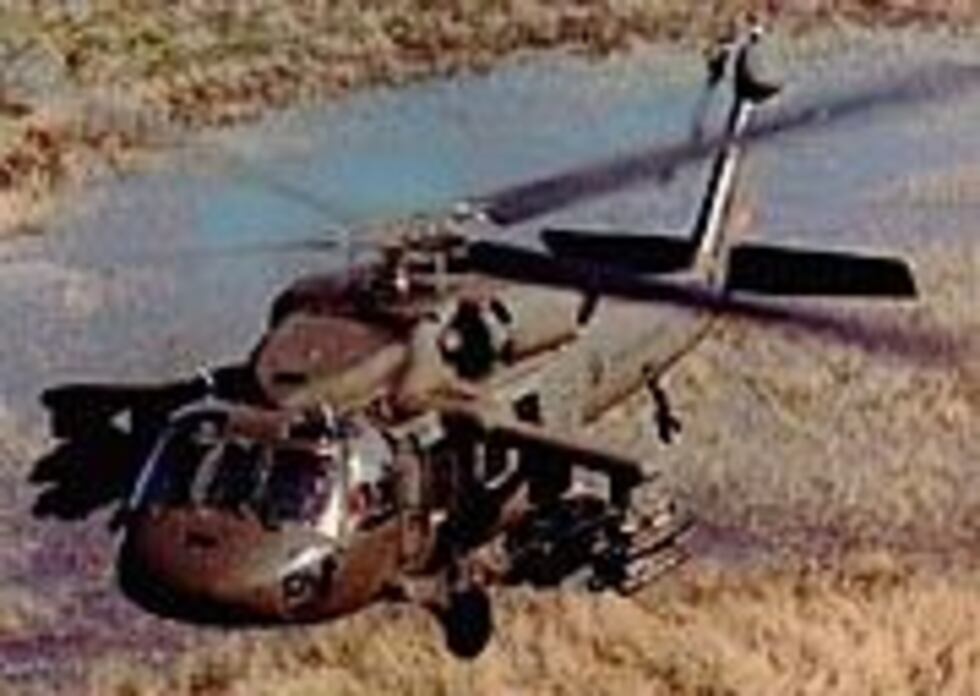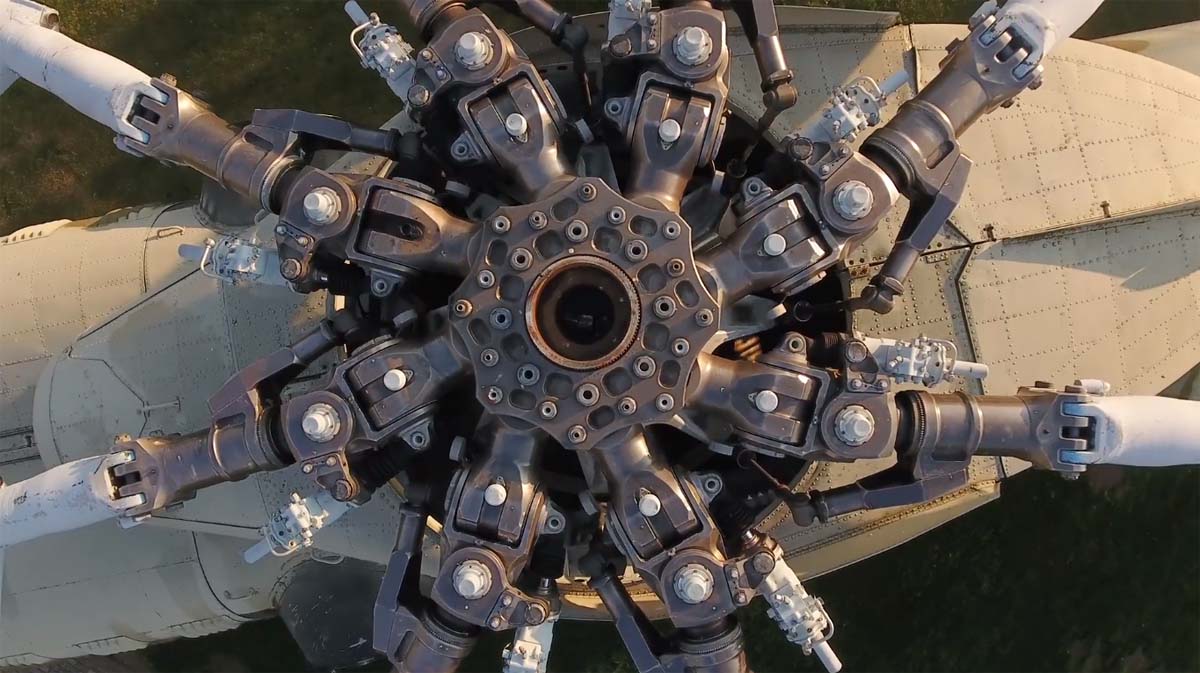Understanding the Role of the UH60 Blackhawk Helicopter in Military Operations and Rescue Missions
The UH-60 Blackhawk helicopter, a cornerstone in contemporary military and rescue procedures, exemplifies convenience and durability throughout diverse missions. Outfitted with advanced avionics and self-protection systems, the Blackhawk not just guarantees the safety and security of its team yet likewise boosts operational performance.
Development and Layout of the UH-60 Blackhawk

The helicopter's design changes reflect more comprehensive tactical and technical shifts. From analog systems to electronic avionics, each iteration of the Blackhawk has welcomed improvements that enhance performance, survivability, and multi-mission capacities. Its versatility has actually allowed it to offer in varied roles past plain troop transportation, including medical discharge, search and rescue, and special operations. This flexibility ensures that the Blackhawk stays pertinent in a rapidly progressing battlefield situation, highlighting its long-lasting significance to contemporary military technique.
Trick Functions and Technical Improvements
The UH-60 Blackhawk features a suite of technical developments that boost its functional efficiency and security. The Blackhawk is geared up with a digital cockpit administration system, known as the Common Avionics Design System (CAAS), which systematizes displays and controls, streamlining pilot training and procedures.
For improved survivability, the UH-60 includes ballistic-resistant panels and is developed to proceed flying despite one engine crippled. Its rotor blades are constructed with damage-tolerant technology, with the ability of standing up to severe conditions. The Blackhawk's electronic warfare systems offer defense versus electronic threats, including radar and missile support systems, thus bolstering its protective abilities in aggressive settings. These functions jointly make certain the Blackhawk stays a keystone in modern armed forces procedures - uh60 blackhawk helicopter.
Versatile Release: Armed Forces and Altruistic Goals
Structure on its sophisticated technological capacities, the UH-60 Blackhawk also masters diverse functions past battle, consisting of disaster-relief and altruistic objectives. Furnished to perform in different settings, from frozen chilly to desert warmth, this helicopter is critical in quick action circumstances. Its capacity to carry countless travelers and large hauls makes it indispensable for leaving private citizens throughout natural calamities such as storms, earthquakes, and floodings.

Moreover, the Blackhawk's flexibility enables it to supply food, water, and medical supplies to isolated areas, usually inaccessible by ground transportation. In public wellness emergencies, such as epidemic break outs, the helicopter helps with the fast facility of mobile clinical systems and the transportation of medical care professionals. The UH-60 likewise supports firefighting initiatives, geared up with containers and storage tanks to deal with wildfires, highlighting its energy in maintaining both lives and landscapes. This adaptability ensures the Blackhawk stays a critical possession in both military engagements and peacetime humanitarian initiatives.
Study: Effective Operations and Missions
Highlighting its functional excellence, the UH-60 Blackhawk has actually been important in many successful missions throughout the world. During the 2011 raid on Osama bin Laden's compound in Abbottabad, Pakistan, the Blackhawk was essential. Changed for stealth, these helicopters enabled SEAL Team Six to infiltrate with minimal discovery, showing the versatility and crucial role of the Blackhawk in sensitive procedures. An additional significant use was seen in the results of the 2010 Haiti quake. here Blackhawks were vital in supplying humanitarian help, saving survivors, and providing logistical support among devastated infrastructure. These missions highlight the helicopter's energy in both fight and altruistic situations, showcasing its versatility, effectiveness, and integrity. Such instances reflect the Blackhawk's performance in varied atmospheres and circumstances, attesting its standing as a cornerstone property in united state and allied armed forces arsenals.
Future Expectation and Upgrades of the Blackhawk Fleet


Furthermore, the assimilation of advanced digital avionics useful reference and interactions systems is prepared. These enhancements will certainly improve navigational precision, goal preparation, and situational recognition, permitting staffs to run much more properly in varied and requiring settings. Boosted self-protection systems are likewise component of the upgrade, consisting of much better projectile caution systems and digital countermeasures, therefore enhancing survivability during goals. These upgrades ensure the Blackhawk stays a qualified and flexible possession in future armed forces procedures.
Verdict
The UH-60 Blackhawk helicopter continues to be a crucial asset in both army and altruistic operations due to its durable style and versatile capabilities - uh60 blackhawk helicopter. Its recurring evolution and technological upgrades ensure it meets the varied demands of modern goals. As it remains to be released in numerous situations around the world, the Blackhawk stands as a testimony to the enduring significance of dependable and versatile aviation remedies in complex and critical scenarios
The UH-60 Blackhawk helicopter, a keystone in modern army and rescue operations, exhibits adaptability and resilience across varied objectives. Initially developed by Sikorsky Airplane, the Blackhawk was created to meet the U.S. Army's demand for a durable, air-assault helicopter. Customized for stealth, these helicopters allowed SEAL Group Six to infiltrate with minimal discovery, highlighting the flexibility and i loved this critical role of the Blackhawk in sensitive procedures.As military requirements progress, so as well does the innovation sustaining them, consisting of the UH-60 Blackhawk helicopter fleet.The UH-60 Blackhawk helicopter continues to be a vital possession in both armed forces and humanitarian operations due to its robust layout and versatile abilities.